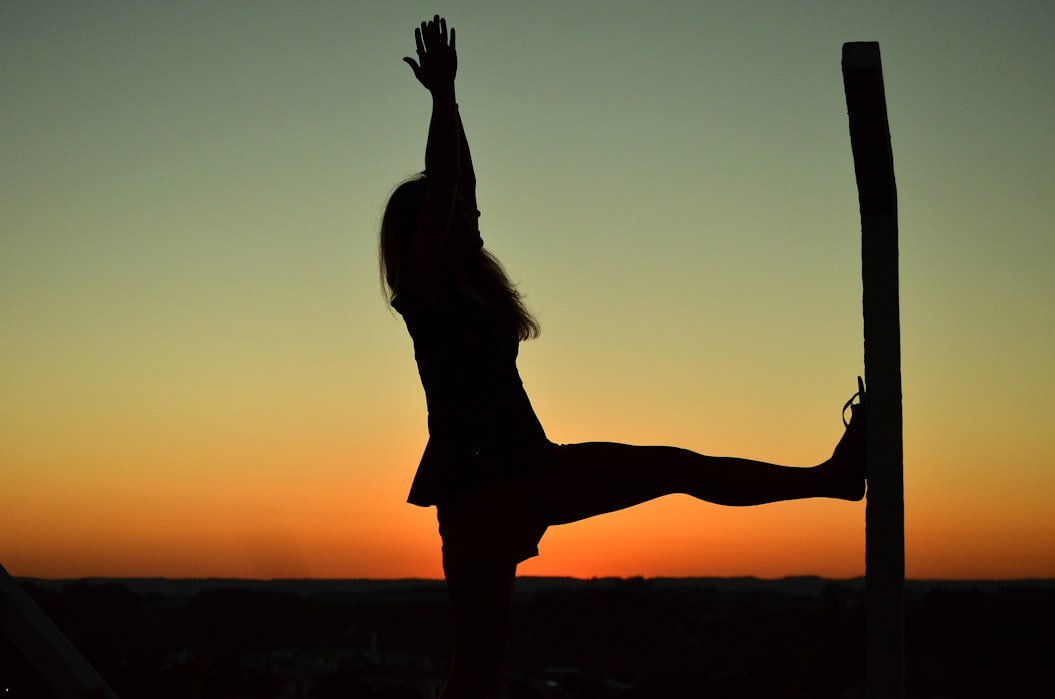Don't waste the Role of Mobility for Boulderers and Climbers
Don't waste the role of mobility for boulderers and climbers. Climbing tests are demanding movements that show correct, compensatory and evasive movement. High kicks, for instance, require good hip mobility to get your weight into the correct position. You must also have a full range of motion to reach unfavorable grips and place weight on your kicks.
How important is flexibility when climbing?
Many climbers believe that flexibility is an important factor in performance, but this theory has not been tested under experimental conditions. This study aims to test the validity of four novel tests to measure flexibility during bouldering and climbing. Participants performed a Grant foot raise, lateral foot reach, and foot-loading flexibility test. All tests were performed on a climb flex board. A sit-and-reach test was also administered. Results indicate a poor correlation between climbing ability and flexibility.
While bouldering and climbing require a high degree of leg strength, developing flexibility is critical to avoid injury. Your legs are the main source of force in the climbing process, so strengthening them will improve your footwork. A simple stretch to improve leg strength is to stand on one leg with the other. This stretch will work your hamstrings and glutes. Another stretch that will improve your flexibility is a tabletop pose. Try to hold this pose for 30 seconds and then return to the previous position.
How does mobility for boulderers and climbers
For people who are new to the sport of climbing or bouldering, there are a few things you should know about active mobility for climbers and boulderers. Active mobility expands your technique by allowing you to move farther and use your arms and legs more. It's important to note, however, that active mobility is different than passive mobility. It is essential to learn how to use mobility exercises properly in order to build strength and control.
One way to improve your hip mobility is to do dynamic stretching, which can be integrated into your warm-up routine. Mobility training, on the other hand, should be treated as a standalone unit. This type of exercise uses load to build strength in the muscles of the body at unusual joint angles. For example, squatting exercises strengthen the muscles of the lower body in the final joint angles. Increasing hip mobility is critical for the sport of bouldering.
How did I find out if I need more mobility?
There are two basic types of mobility: active and passive. If you are a boulderer or climber, you will need both active and passive mobility to complete your workout. When stretching, your goal is to engage muscle power. Active mobility is a key component of climbing because it increases the range of motion of muscles and joints. When doing stretches, remember to stretch using muscle power as well as passive motion.
Whether or not you need more mobility for bouldering or climbing is largely dependent on your individual skill level. A climber should be able to raise their legs above a support stand and maintain their hips against the wall. Similarly, a boulderer should be able to move easily around the bouldering wall without experiencing any pain. However, this does not mean that you should only focus on improving mobility, but also developing basic strength and balance.
What is the relationship between passive or active
Activation and passive protection are both necessary for climbing. Passive protection works like a choke when pulled on; active protection converts the pull into pressure against the rock. A spring loaded camming device helps the climber keep the protection device in place by locking the device into place with a higher degree of tension. Passive protection comes in several forms, including nuts, which are small blocks of metal that slide into a wedge-shaped crack in the rock. These nuts set when pulled on.
How can I best train my mobility?
To start your training program, assess your mobility and range of motion. This will help you determine what exercises you should perform. Assessing your mobility will allow you to see your results and understand what your limitations are. A proper mobility assessment will assess your active and passive range of motion, as well as your strength and control. Here are a few examples of mobility exercises for boulderers and climbers.
When training, always avoid overstretching your muscles or joints. Pain is a sign of joint damage, and continuous movement is not good for mobility. Using a resistance band will help strengthen wrist extensor muscles, which stabilize the wrist and take stress off of the wrist flexors. You should also warm up before you start any exercise, so that your muscles have time to recover and become stronger.
Hip mobility is important to climbing. If you can maintain a 90-degree lock-off position, you can lift your legs above the support stand. This will make climbing harder, so it's important to strengthen your hips. Flow through these positions to train your mobility. The more mobility you have, the more versatile your climbing moves will be. If you can reach these goals, you'll have a better chance of avoiding injury.
There is also too much mobility for boulderers
It's easy to see why climbing and bouldering require such a high degree of mobility. Shoulders are a complex series of joints and the girdle can become excessively mobile. If the thoracic spine is rigid, the muscles in the shoulder girdle won't be able to perform their function properly. This can cause injury, especially to the elbow, shoulder and finger joints.
What else do I have to pay attention to?
What else do Boulderers and Climbers need to be aware of? They must always keep their surroundings safe. Climbers must avoid the "fall zone" of another climber. Climbers should avoid disrupting others and should always watch out for safety equipment. Most injuries on climbing gym walls are due to lack of attention to details. Bouldering walls do not have time limits. Boulderers should be attentive to their surroundings at all times.


Comments
Post a Comment